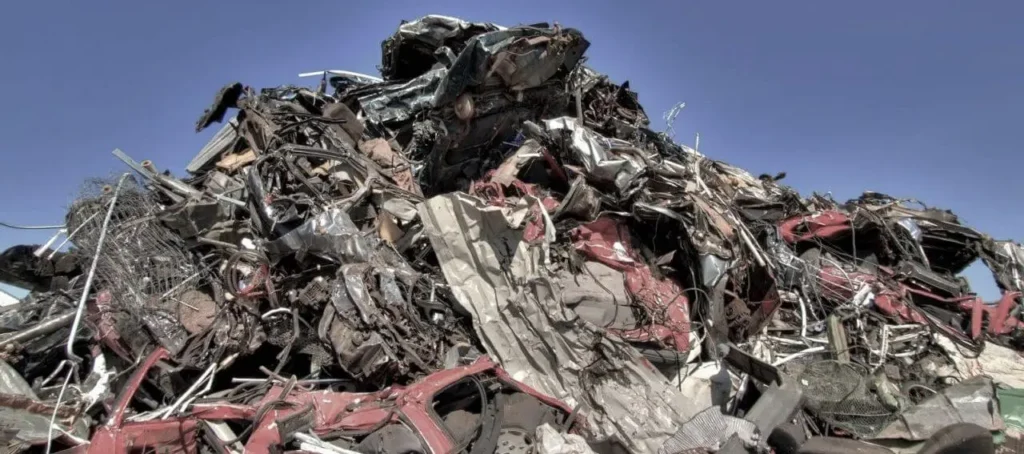In an era where sustainable development has become a global priority, the automotive recycling industry is at the forefront of environmental management. Every year, millions of cars end their lifespan, providing unique opportunities and challenges for metal recycling.
Efficient extraction and recycling of metals from end-of-life vehicles (ELVs) mitigate environmental impacts and supply the raw materials needed for new products, embodying the principles of a circular economy.

Content
The Process of Metal Recovery
De-pollution and Dismantling:
The initial stage in the recycling of ELVs involves the removal of hazardous materials and the separation of reusable parts. This crucial step ensures the recycling process is safe and environmentally friendly, setting the stage for effective metal recovery.
Shredding and Separation:
After disassembly, cut the remaining vehicle structure into small pieces. This process facilitates the separation of metals using various technologies, including magnetic separation for ferrous metals and eddy current separation for non-ferrous metals. The efficiency of this stage is vital for maximizing the recovery of valuable materials.
Advanced Technologies in Metal Recovery:
Innovations such as metal balers and sensor-based sorting technologies have revolutionized metal recovery. Metal balers compact scrap metal from ELVs into manageable bales, enhancing the efficiency of transportation and processing. Meanwhile, sensor-based sorting technologies offer precise separation of different metal types, improving the quality of the recovered metals and enabling their reuse in manufacturing.
The Impact of Enhanced Metal Recovery
Environmental Benefits:
Enhanced metal recovery reduces the need for virgin material extraction, decreasing the environmental footprint associated with mining and processing. Moreover, it minimizes the volume of waste sent to landfills, reducing pollution and greenhouse gas emissions.
Economic and Social Advantages:
Beyond environmental benefits, improved metal recovery from ELVs also offers economic advantages. It supplies the manufacturing sector with essential raw materials, potentially lowering costs and fostering innovation. Furthermore, it creates employment opportunities in the recycling and manufacturing industries, contributing to economic development.
Conclusion
Enhancing metal recovery from end-of-life vehicles is a technical challenge and vital to building a sustainable future. By adopting advanced technologies and practices, the automotive recycling industry can maximize the recovery of valuable metals, reduce environmental impacts, and contribute to the circular economy.
As society continues to prioritize sustainability, the role of efficient metal recovery in achieving these goals becomes ever more critical, underscoring the need for continued innovation and collaboration in this essential sector.

Max isn’t your ordinary auto blogger. He’s your friendly neighborhood gearhead, here to guide you through the automotive maze. His blog is like a conversation with a buddy who’s always got the latest auto scoop.












